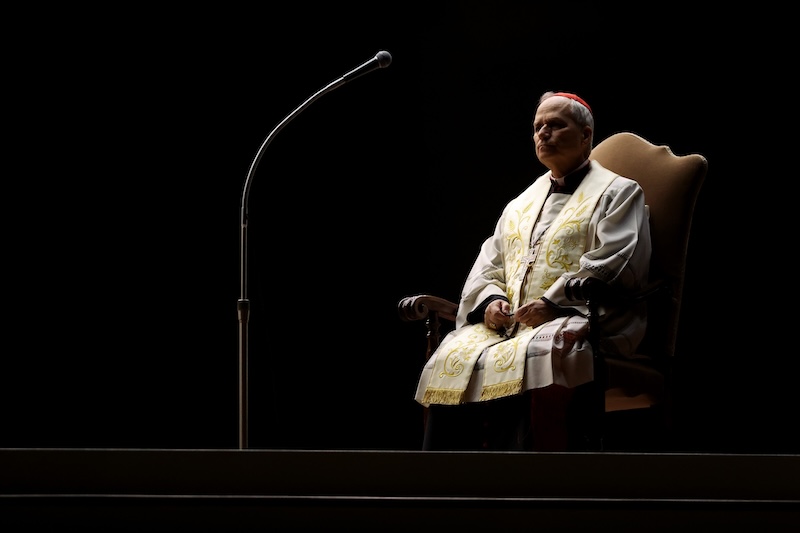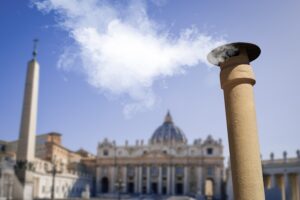Politics
BREAKING: First American Pope Emerges From Vatican Balcony
White smoke billowed from the Sistine Chapel chimney Thursday, signaling that the College of Cardinals has elected the next pope—the 267th successor to Saint Peter.
On Thursday, Cardinal Robert Francis Prevost of the United States was elected the pope of the Roman Catholic Church.
Born in Chicago, Prevost has been a prominent figure in the Catholic Church. Since 2023, he has held the powerful position of Prefect of the Dicastery for Bishops and also serves as president of the Pontifical Commission for Latin America—roles that have placed him at the heart of global Church governance.
He began his vocation with the Augustinians in Chicago before spending over a decade in Peru, where he worked as a parish priest, seminary professor, and diocesan official from 1985 to 1986 and again from 1988 to 1998.
WATCH:
His leadership within the Order of Saint Augustine culminated in his election as prior general from 2001 to 2013. In recognition of his deep ties to the country, he became a naturalized Peruvian citizen in 2015 while serving as Bishop of Chiclayo, a post he held until 2023.
Shortly after taking the helm of the Dicastery for Bishops, Robert Prevost told Vatican News that his sense of purpose hadn’t changed with the new role. “I still consider myself a missionary,” he said. “My vocation, like that of every Christian, is to be a missionary, to proclaim the Gospel wherever one is.”

Vatican City, Italy 03.03.2025:Cardinal Robert Prevost, in front of the image of Mary Mother, leads the faithful in the recitation of the Holy Rosary for Pope Francis in front of St. Peter’s Basilica.
Elevated to cardinal by Pope Francis in 2023, Prevost’s influence grew rapidly. His appointment to oversee bishop selections worldwide positioned him as a central figure in shaping the Church’s future leadership.
The historic moment follows the death of Pope Francis on April 21 at the age of 88. His passing marked the end of a transformative and, at times, controversial papacy that spanned more than a decade. In the days that followed, 133 cardinal electors from around the world gathered in Vatican City to begin the solemn and secretive process of choosing his successor.
The conclave officially began on May 7 and lasted two days, with four ballots cast before the white smoke appeared—signaling that a candidate had received the required two-thirds majority. The swift outcome mirrors the conclave that elected Pope Benedict XVI in 2005, suggesting early consensus among the cardinals.

Vatican City – 04-25-2025: White smoke from the chimney on top of the Sistine Chapel. It indicates that the Pope has been elected.
Prevost was a dark horse.
Speculation leading up to the conclave centered on a few key figures. Among the frontrunners was Cardinal Pietro Parolin, the Vatican Secretary of State, known for his diplomatic skill and steady leadership. Another top contender was Cardinal Luis Antonio Tagle of the Philippines, often described as a pastoral reformer in the mold of Francis. Cardinals Matteo Zuppi of Bologna and Péter Erdő of Hungary also gained traction in recent weeks.
The new pope will immediately inherit a Catholic Church facing both internal and external challenges—from declining church attendance in the West to persecution of Christians in parts of the Middle East and Africa. Domestically, he will need to navigate doctrinal tensions, demands for greater transparency, and debates over the role of women and LGBTQ Catholics in the Church.
The new pope will also oversee the highly anticipated 2025 Jubilee Year—a major event in Catholic life that is expected to bring millions of pilgrims to Rome under the theme of hope. Vatican officials have already said preparations are well underway, but the tone and priorities of the event could shift depending on the vision of the new Holy Father.







